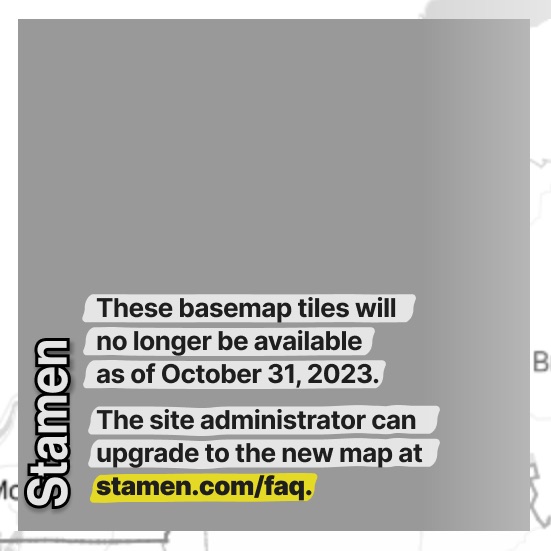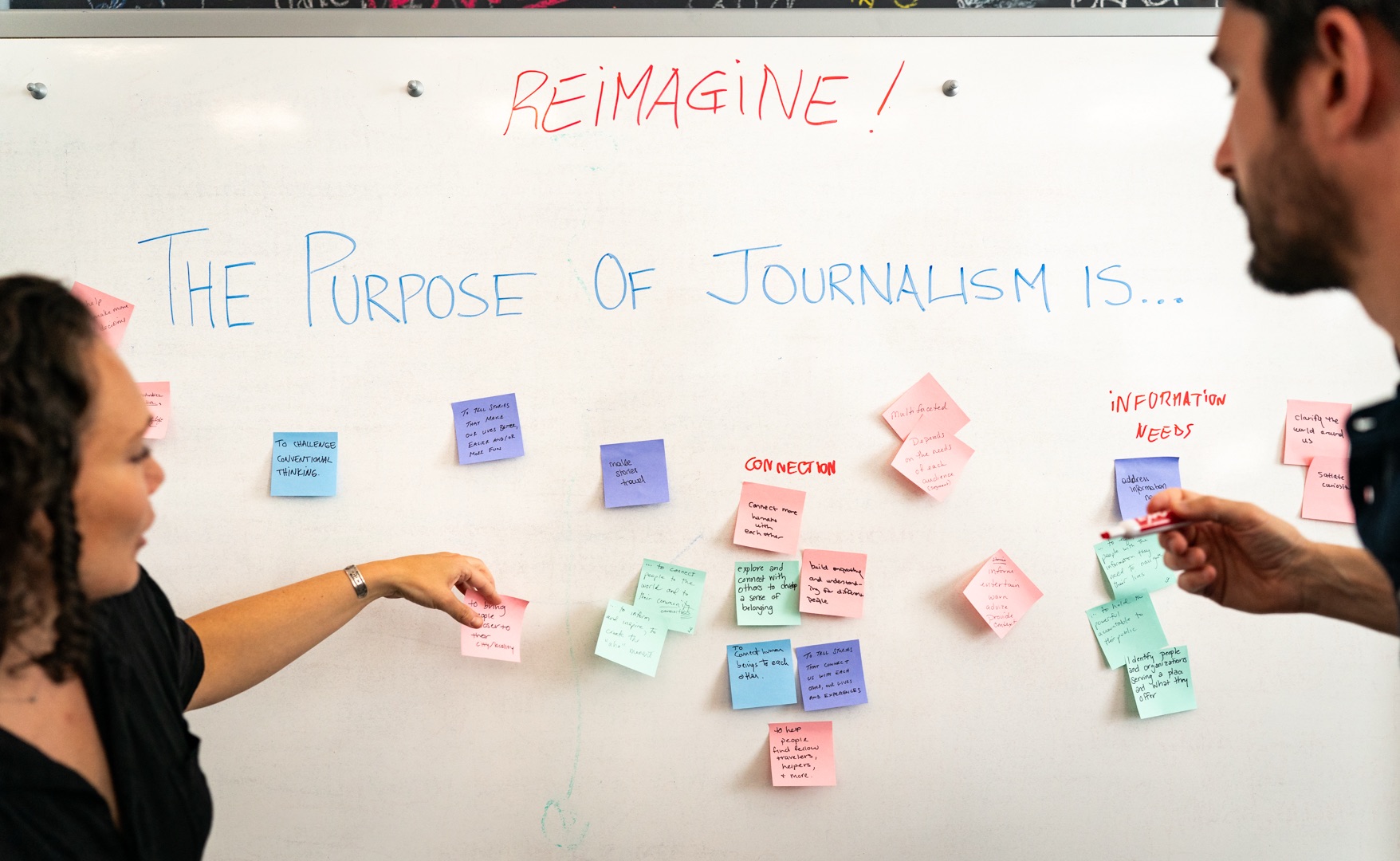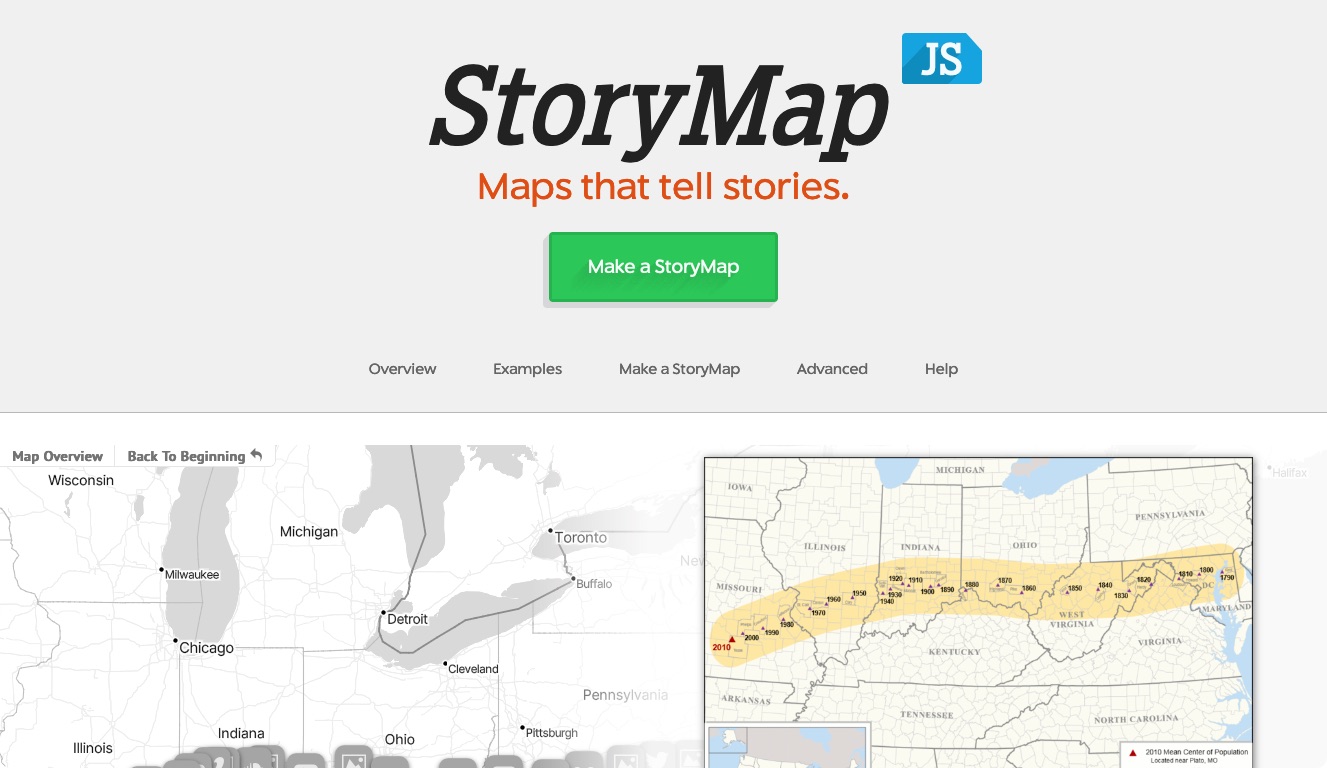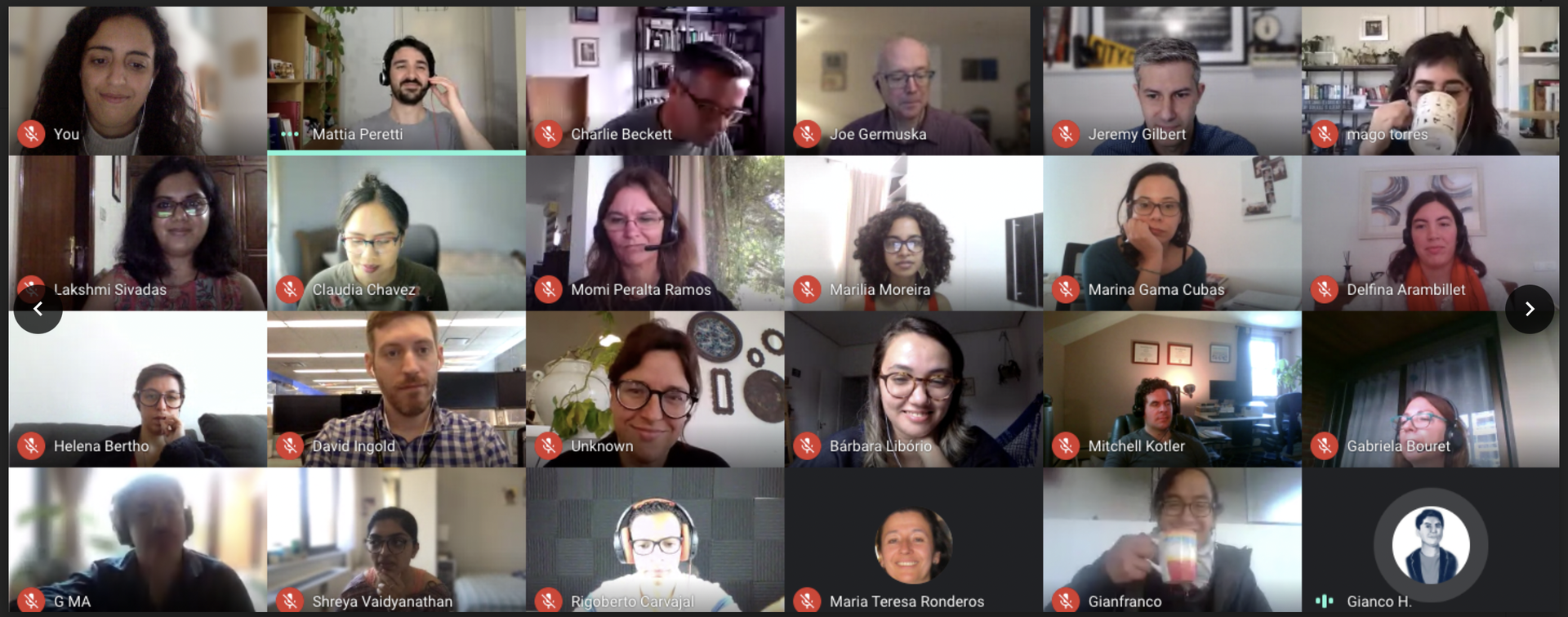A big change is coming to StoryMapJS, and it will affect many, if not most existing storymaps.
When making a storymap, one way to set a style and tone for your project is to set the “map type,” also known as the “basemap.” When we launched StoryMapJS, it included options for a few basemaps created by Stamen Design. These included the “watercolor” style, as well as the default style for new storymaps, “Toner Lite.”
Stamen offered these map tiles at no cost to our users and the rest of the world, but providing them cost Stamen quite a bit of money. Earlier this year, they realized they could no longer provide the service, and worked out an agreement with a map service provider called Stadia. As a result, the terms of use for the maps are changing, and that will probably affect storymaps you’ve created.
While you should consult Stadia’s documentation for the details, the essence of the change is that Stadia will charge a monthly usage-based fee, although non-commercial users will be given a certain amount of usage before the fee begins to accumulate.

The visible impact will be that, soon, some map tiles on Stamen basemaps will be replaced with a message explaining that the map needs to be reconfigured. The message reads “These basemap tiles will no longer be available as of October 31, 2023. The site administrator can upgrade to the new map at stamen.com/faq”. To keep using these basemaps, you’ll need to create an account with Stadia and reconfigure your storymap. You can also change your basemap to one of a few no-cost options, or switch to another provider.
The Stamen Watercolor map can be used for “free” in a way that will work for many people. In 2021, Cooper Hewitt, Smithsonian Design Museum acquired Watercolor Maptiles and they provide them as a usable basemap service. These tiles will not be updated, but since the Watercolor tiles don’t have labels or political boundaries, it may not matter. Effective immediately, Cooper Hewitt: Watercolor is a choice in the “map type” menu of the “options” panel for any storymap. (Note: In our testing, we sometimes see some of the Cooper Hewitt watercolor tiles fail to load in the authoring tool, even though they seem to load fine in the published storymap and on the museum’s website. We’re not sure if this is a consistent problem, but if you see it, there’s probably nothing we can do about it. If you have a problem, we recommend choosing a different basemap.)
Of course, we continue to offer OpenStreetMap: Standard as another no-cost option. OpenStreetMap is now the default for newly created storymaps. For older storymaps, when no choice was specifically made, Stamen Toner Lite was used. For now, those storymaps will continue to use Stamen Toner Lite. If a time comes where the original Stamen basemaps completely fail to load, we will update StoryMapJS to use the OpenStreetMap for storymaps which haven’t been updated.
We continue to support maps served by Mapbox. Mapbox is another commercial service who charge a usage-based fee for using their basemaps. Their free-tier is available to all users, commercial and non-commercial alike. Mapbox provides a number of designs, and you can also use Mapbox Studio to customize your basemap.
For more complete details, see our basemap documentation. If you have more questions, use our tech support web form.
About the author





